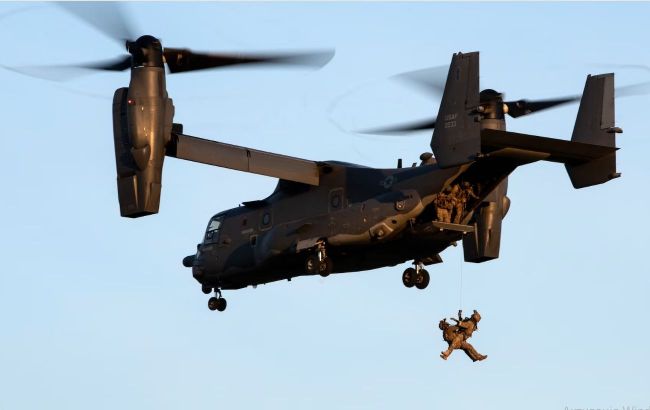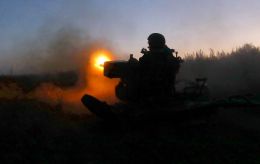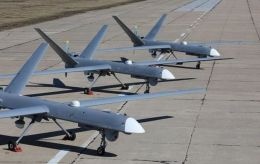Crash of U.S. Army convertible in Japan: Pentagon banned flights of all manufactured aircraft
 The Pentagon has banned all V-22 Osprey convertibles from flying (Photo: af.mil)
The Pentagon has banned all V-22 Osprey convertibles from flying (Photo: af.mil)
The Pentagon has banned all V-22 Osprey convertibles from flying after a crash of one of the machines that killed 8 U.S. Army soldiers, according to the Pentagon's press service.
"The U.S. Air Force, Navy, and Marine Corps, in coordination with the department's V-22 Joint Program Office, announced an operational stand-down for all Osprey variants in the wake of the November 29 CV-22 mishap off the coast of Japan," the Pentagon press service said.
It is reported that this step is being taken out of an abundance of caution while an investigation into the causes of the accident is underway. If the investigation reveals no massive technical malfunctions, the fleet of convertibles will be allowed to continue flying soon. Otherwise, additional time will be required to address any potential malfunctions.
Accidents involving the V-22 Osprey
The V-22 Osprey is an American convertible aircraft used by various branches of the U.S. and allied armed forces. It has been developed over 30 years by Bell. It serves the U.S. Marine Corps, the U.S. Navy, and the U.S. Air Force. The convertible aircraft is powered by two Rolls-Royce T406 engines mounted at the ends of the wing, which can rotate nearly 98 degrees, converting it from an airplane to a helicopter.
In recent years, several high-profile crashes have been linked to the Osprey. On November 30, a U.S. Army convertible carrying six people crashed into the sea off western Japan, killing at least one crew member and leaving the rest unaccounted for.
In August, a U.S. Osprey crashed off the coast of northern Australia while transporting troops as part of a military exercise, killing three U.S. Marines.
Another plane made an emergency landing in the sea near the southern Japanese island of Okinawa in December 2016, prompting the U.S. military to temporarily suspend operations.

